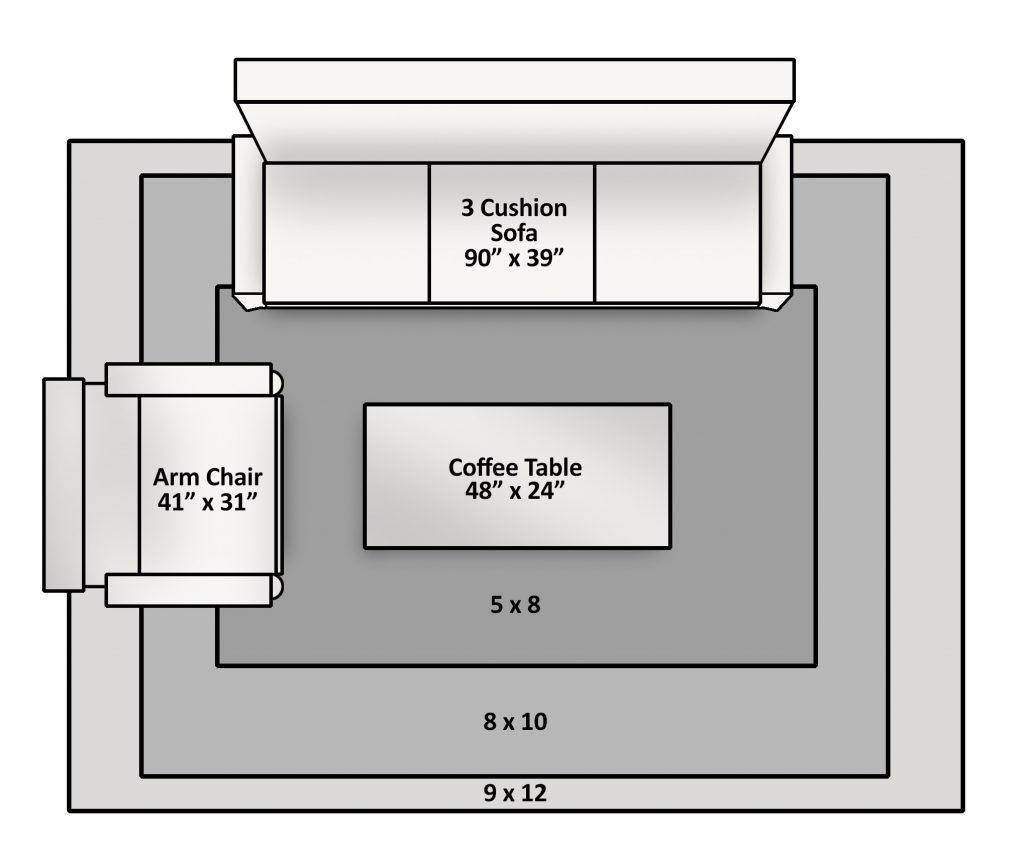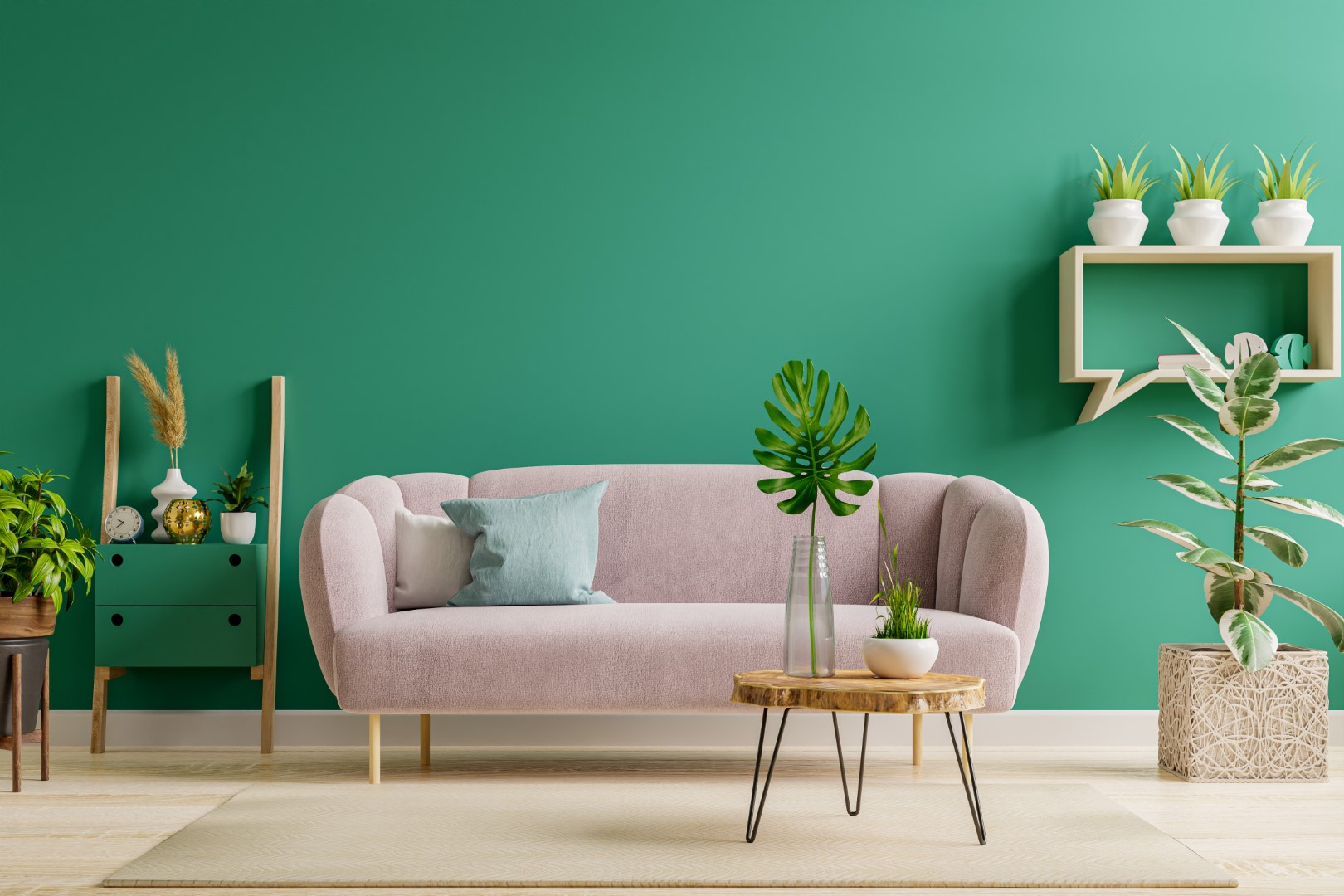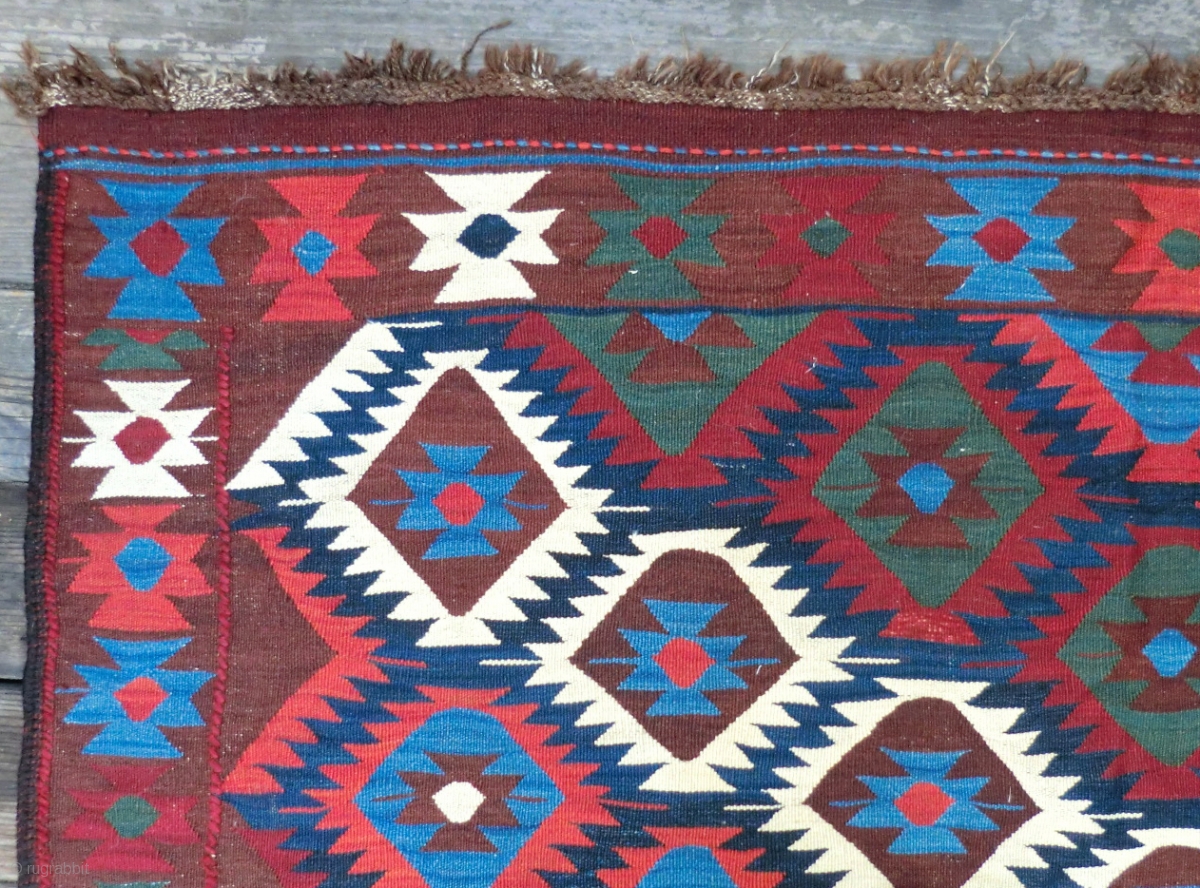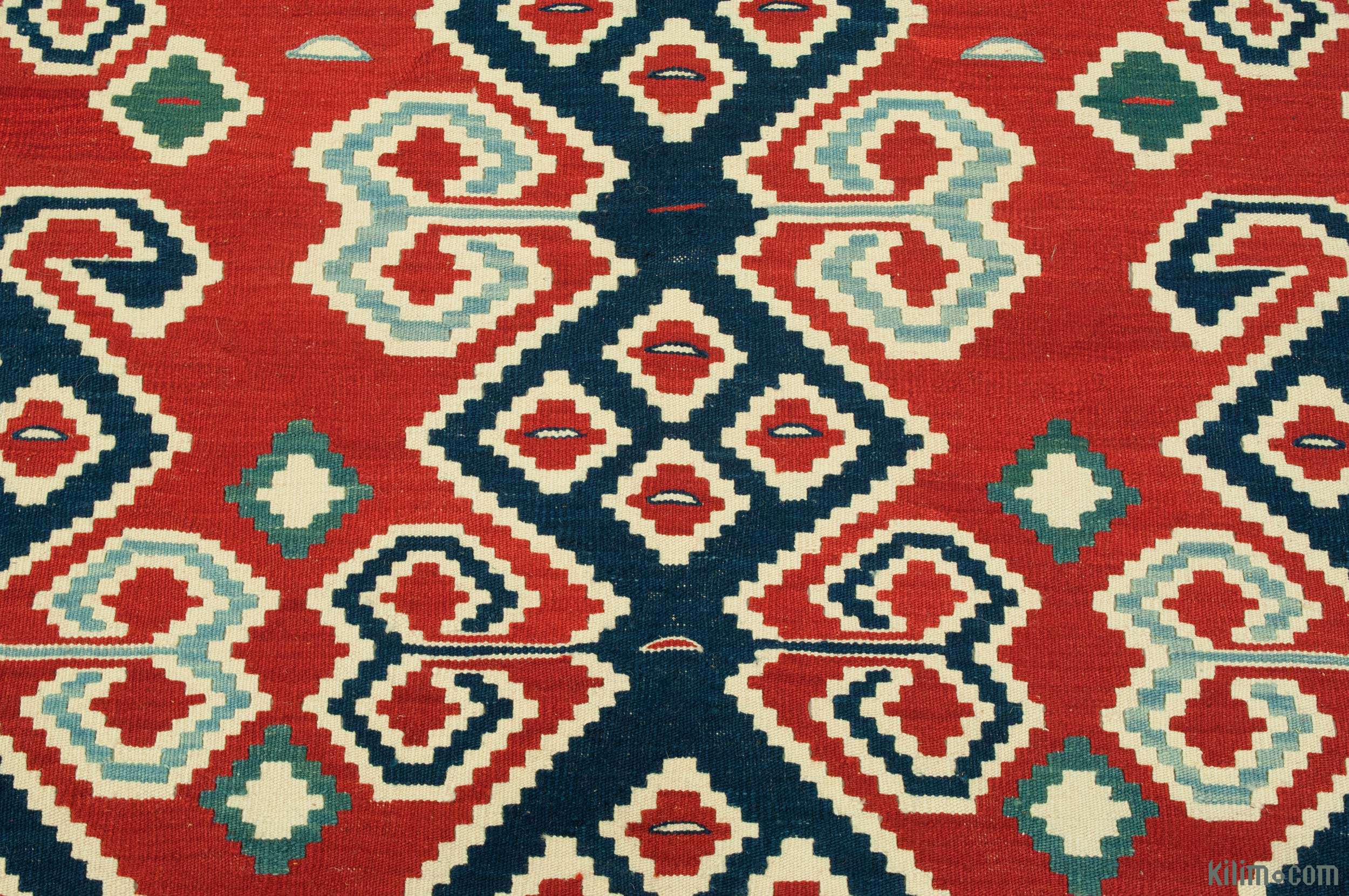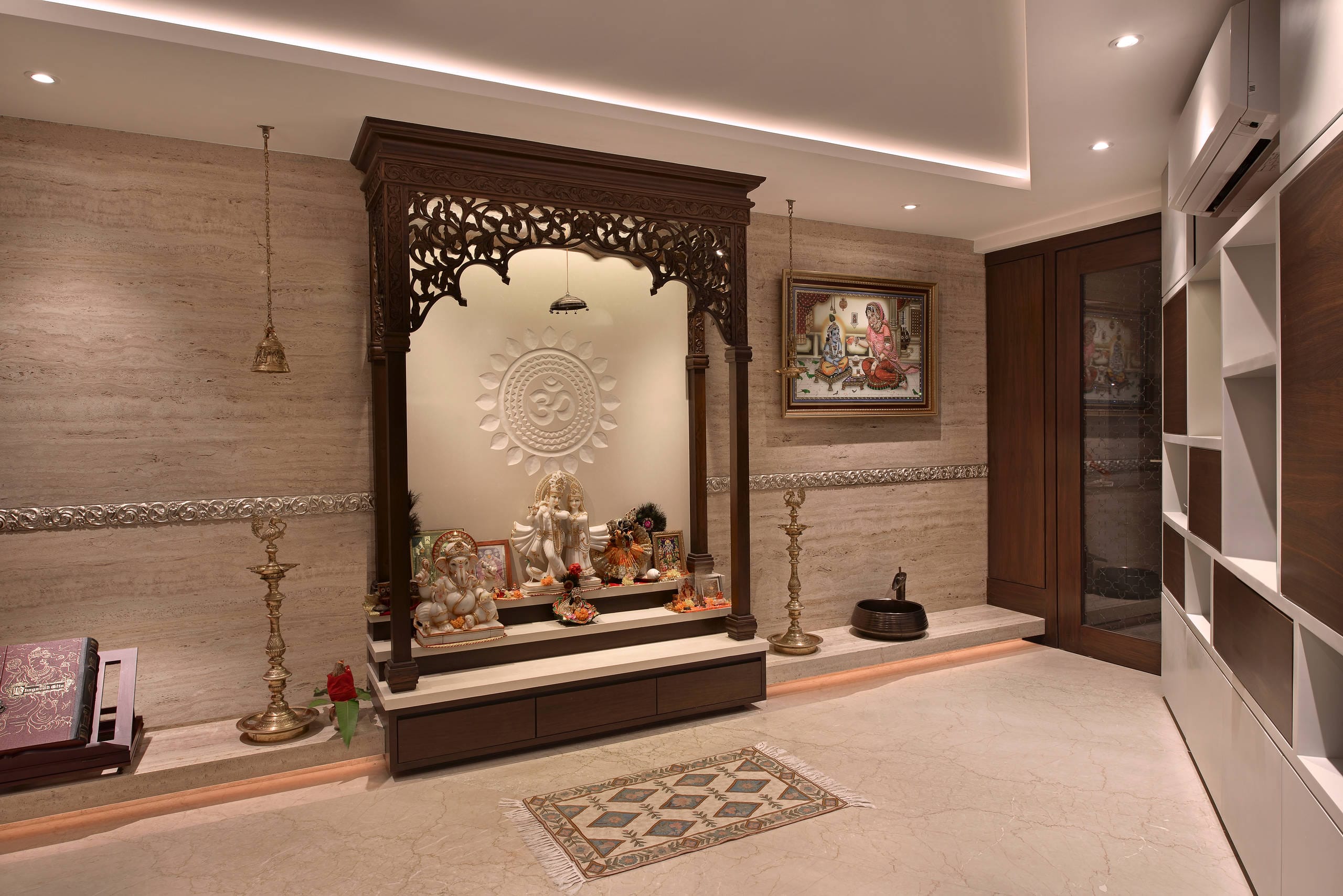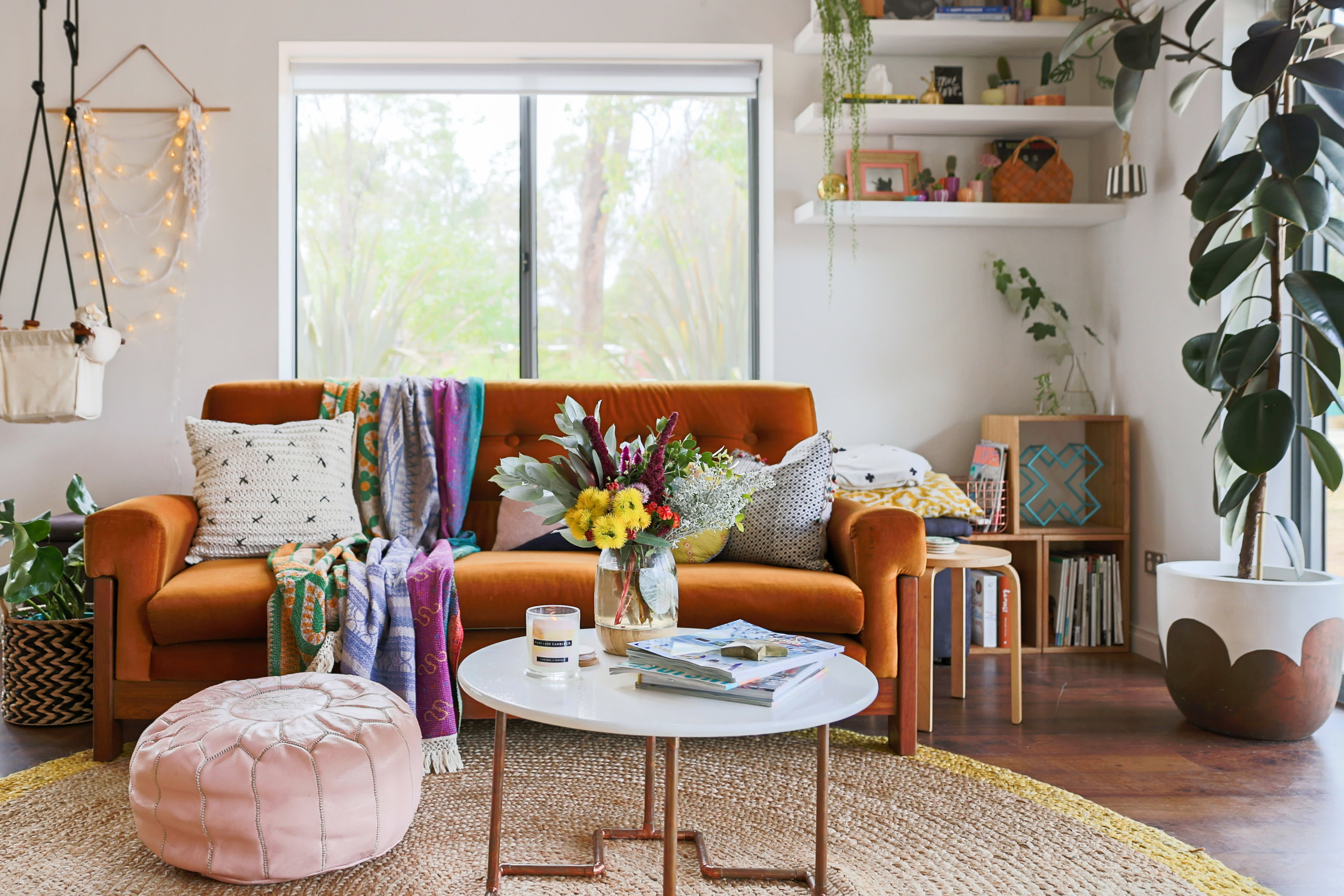If you're looking to spruce up your living room, one of the best ways to do so is by adding a decorative rug or kilim. These floor coverings not only add color and texture to your space, but they also provide a cozy and inviting atmosphere. However, when it comes to choosing between a kilim or rug for your living room, it can be a tough decision. To help you decide, let's take a closer look at the differences between the two and which one may be better suited for your living room. Kilim vs Rugs: Which is Better for Your Living Room?
Kilim rugs are flat-woven carpets that are known for their unique patterns and designs. They are traditionally made by hand using natural materials such as wool, cotton, or silk. One of the main advantages of using a kilim rug in your living room is its durability. The flat weave makes it less prone to wear and tear, making it perfect for high-traffic areas. Additionally, kilim rugs are also lightweight and easy to move around, making them a great option for those who like to change up their decor frequently. On the other hand, kilims may not be as soft and plush as traditional rugs, which may be a drawback for those looking for a cozier feel. The Pros and Cons of Using Kilim Rugs in Your Living Room
If you're torn between using a kilim or rug in your living room, why not incorporate both? A popular trend in home decor is layering rugs, and this can also work well with a kilim and rug combination. For example, you can place a larger, neutral-colored rug as the base and layer a smaller, more colorful kilim on top. This will not only add dimension and texture to your space but also allow you to enjoy the durability of a kilim while still having a soft and plush rug to walk on. How to Incorporate Kilim and Rugs in Your Living Room Decor
When it comes to durability, both kilims and rugs have their own strengths. As mentioned, kilims are known for their flat weave, making them less prone to wear and tear. This makes them a great option for high-traffic living rooms, especially if you have children or pets. Rugs, on the other hand, come in a variety of materials and weaves, so it's important to choose one that is durable and can withstand heavy foot traffic. A good quality wool rug, for example, can be a great option for a busy living room. Kilim vs Rugs: Which One is More Durable for High-Traffic Living Rooms?
Kilims and rugs have been used for centuries in homes around the world, and each has its own cultural significance. Kilims originated in the Middle East and have been used by nomadic tribes as floor coverings, blankets, and even as saddlebags for their animals. Rugs, on the other hand, have a long history in many cultures, from the intricately woven Persian rugs to the colorful, geometric patterns of Native American rugs. Incorporating these traditional floor coverings in your living room not only adds a touch of history and culture but also brings a unique and personal touch to your space. The History and Cultural Significance of Kilim and Rugs in Living Rooms
When it comes to choosing the right size kilim or rug for your living room, there are a few factors to consider. First, measure the size of your living room and leave at least 18 inches of space between the edge of the rug and your walls. This will ensure that your rug doesn't look too small or too big for the room. Next, consider the furniture layout in your living room. If you have a large sofa and coffee table, a larger rug or kilim may be more suitable to anchor the space. However, if you have smaller furniture pieces, a smaller rug or kilim may be more appropriate. How to Choose the Right Size Kilim or Rug for Your Living Room
One of the main considerations when choosing between a kilim and rug for your living room may be the cost. Generally, kilims tend to be more affordable than traditional rugs, as they are often hand-woven and made with less expensive materials. However, the price can vary depending on the size, design, and quality of the kilim. Rugs, on the other hand, can range from budget-friendly options to high-end, luxurious pieces. Consider your budget and how much you are willing to spend before making your decision. Kilim vs Rugs: Which One is More Affordable for Your Living Room Makeover?
Proper cleaning and maintenance are essential to keep your kilim or rug in good condition and extend its lifespan. For kilims, regular vacuuming is recommended, along with spot cleaning any spills or stains. For deeper cleaning, it's best to take your kilim to a professional cleaner. Rugs, on the other hand, may require more frequent vacuuming, and depending on the material, may need to be professionally cleaned every 1-2 years. It's important to also rotate your rug or kilim regularly to prevent wear and tear on one side. The Best Ways to Clean and Maintain Kilim and Rugs in Your Living Room
When it comes to adding texture and visual interest to your living room, both kilims and rugs can do the job. However, kilims are known for their unique patterns and designs, which can add a bold and eye-catching element to your space. On the other hand, rugs come in a variety of textures, from shaggy to flat weaves, which can add depth and dimension to your living room. Ultimately, the decision between a kilim or rug may come down to personal preference and the overall aesthetic you want to achieve in your living room. Kilim vs Rugs: Which One Adds More Texture and Visual Interest to Your Living Room?
If you can't decide between a kilim or rug for your living room, why not mix and match? As mentioned, layering rugs is a great way to add depth and texture to your space, but you can also mix and match different patterns and styles. For example, a bold, geometric kilim can look great paired with a more neutral, solid-colored rug. This allows you to enjoy the best of both worlds and create a unique and personalized look in your living room. In conclusion, whether you choose a kilim or rug for your living room, both can add warmth, character, and style to your space. Consider the pros and cons, as well as your personal preferences and budget, when making your decision. And don't be afraid to get creative and mix and match for a truly unique and inviting living room. How to Mix and Match Kilim and Rugs in Your Living Room for a Unique Look
Kilim Vs Rugs In Living Room: Which is the Better Choice?

The Importance of Choosing the Right Floor Covering for Your Living Room
 When it comes to designing your living room, one of the most important decisions you will make is choosing the right floor covering.
Kilims and rugs are two popular options that can add warmth, style, and texture to your living space.
While both may seem similar, there are some key differences between them that can impact the overall look and feel of your room. In this article, we will delve into the debate of kilim vs rugs in the living room and help you determine which is the better choice for your home.
When it comes to designing your living room, one of the most important decisions you will make is choosing the right floor covering.
Kilims and rugs are two popular options that can add warmth, style, and texture to your living space.
While both may seem similar, there are some key differences between them that can impact the overall look and feel of your room. In this article, we will delve into the debate of kilim vs rugs in the living room and help you determine which is the better choice for your home.
Kilims: Traditional and Timeless
 Kilims are flat-woven carpets that originated in the Middle East and Central Asia.
They are known for their intricate designs and vibrant colors, making them a popular choice for adding a touch of traditional charm to any room. Kilims are also highly durable and can withstand heavy foot traffic, making them a practical choice for high-traffic areas like the living room.
One of the main advantages of kilims is that they are reversible, which means you can flip them over and use both sides for extended longevity. Additionally, kilims are lightweight and easy to move around, making them a versatile option for changing up the look of your living room.
They are also more budget-friendly compared to rugs, making them an ideal choice for those on a tight budget.
Kilims are flat-woven carpets that originated in the Middle East and Central Asia.
They are known for their intricate designs and vibrant colors, making them a popular choice for adding a touch of traditional charm to any room. Kilims are also highly durable and can withstand heavy foot traffic, making them a practical choice for high-traffic areas like the living room.
One of the main advantages of kilims is that they are reversible, which means you can flip them over and use both sides for extended longevity. Additionally, kilims are lightweight and easy to move around, making them a versatile option for changing up the look of your living room.
They are also more budget-friendly compared to rugs, making them an ideal choice for those on a tight budget.
Rugs: Luxurious and Plush
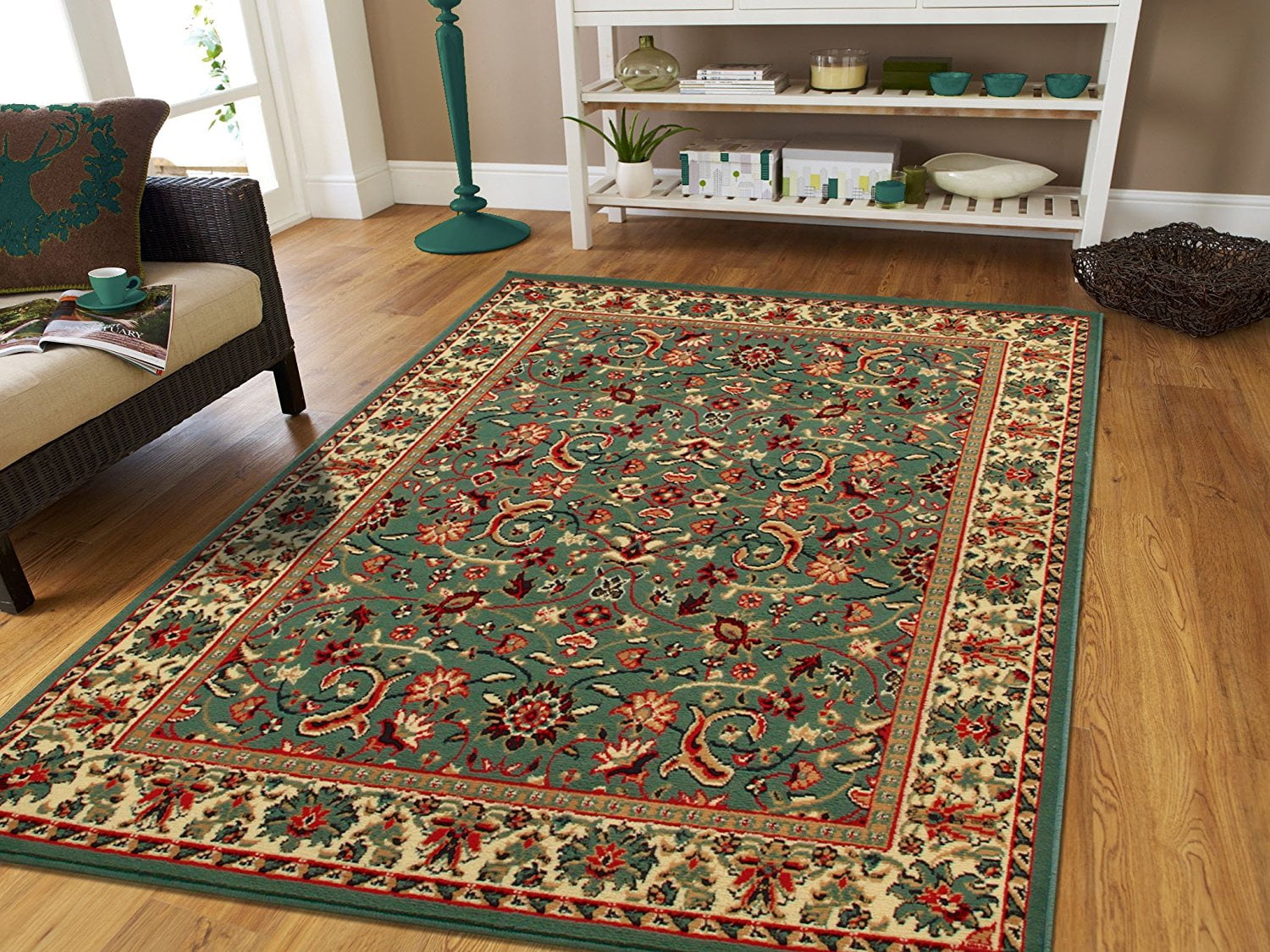 Rugs, on the other hand, are thicker and more plush compared to kilims.
They are usually made of wool, silk, or a combination of both, giving them a luxurious and soft feel underfoot. Rugs come in a wide variety of styles, patterns, and colors, making them a versatile choice for any design aesthetic.
One of the main advantages of rugs is their ability to add warmth and coziness to a room. They are also great for soundproofing and can help reduce noise in the living room.
Rugs are often seen as a more upscale and luxurious option compared to kilims, making them a popular choice for those looking to add a touch of elegance to their living space.
Rugs, on the other hand, are thicker and more plush compared to kilims.
They are usually made of wool, silk, or a combination of both, giving them a luxurious and soft feel underfoot. Rugs come in a wide variety of styles, patterns, and colors, making them a versatile choice for any design aesthetic.
One of the main advantages of rugs is their ability to add warmth and coziness to a room. They are also great for soundproofing and can help reduce noise in the living room.
Rugs are often seen as a more upscale and luxurious option compared to kilims, making them a popular choice for those looking to add a touch of elegance to their living space.
So, Which is the Better Choice?
 The answer to this question ultimately depends on your personal preferences and the overall look you want to achieve in your living room.
If you are looking for a budget-friendly, traditional, and durable option, kilims may be the way to go. However, if you want to add a touch of luxury and warmth to your living room, a rug may be the better choice.
Ultimately, both kilims and rugs can add style and personality to your living room, so it's important to consider your needs and preferences before making a decision. Whichever option you choose,
make sure to properly maintain and clean your floor covering to ensure it stays looking its best for years to come.
The answer to this question ultimately depends on your personal preferences and the overall look you want to achieve in your living room.
If you are looking for a budget-friendly, traditional, and durable option, kilims may be the way to go. However, if you want to add a touch of luxury and warmth to your living room, a rug may be the better choice.
Ultimately, both kilims and rugs can add style and personality to your living room, so it's important to consider your needs and preferences before making a decision. Whichever option you choose,
make sure to properly maintain and clean your floor covering to ensure it stays looking its best for years to come.






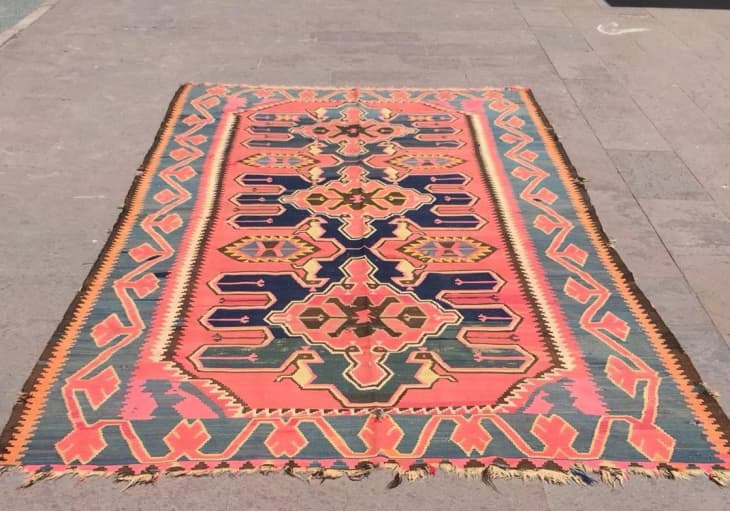











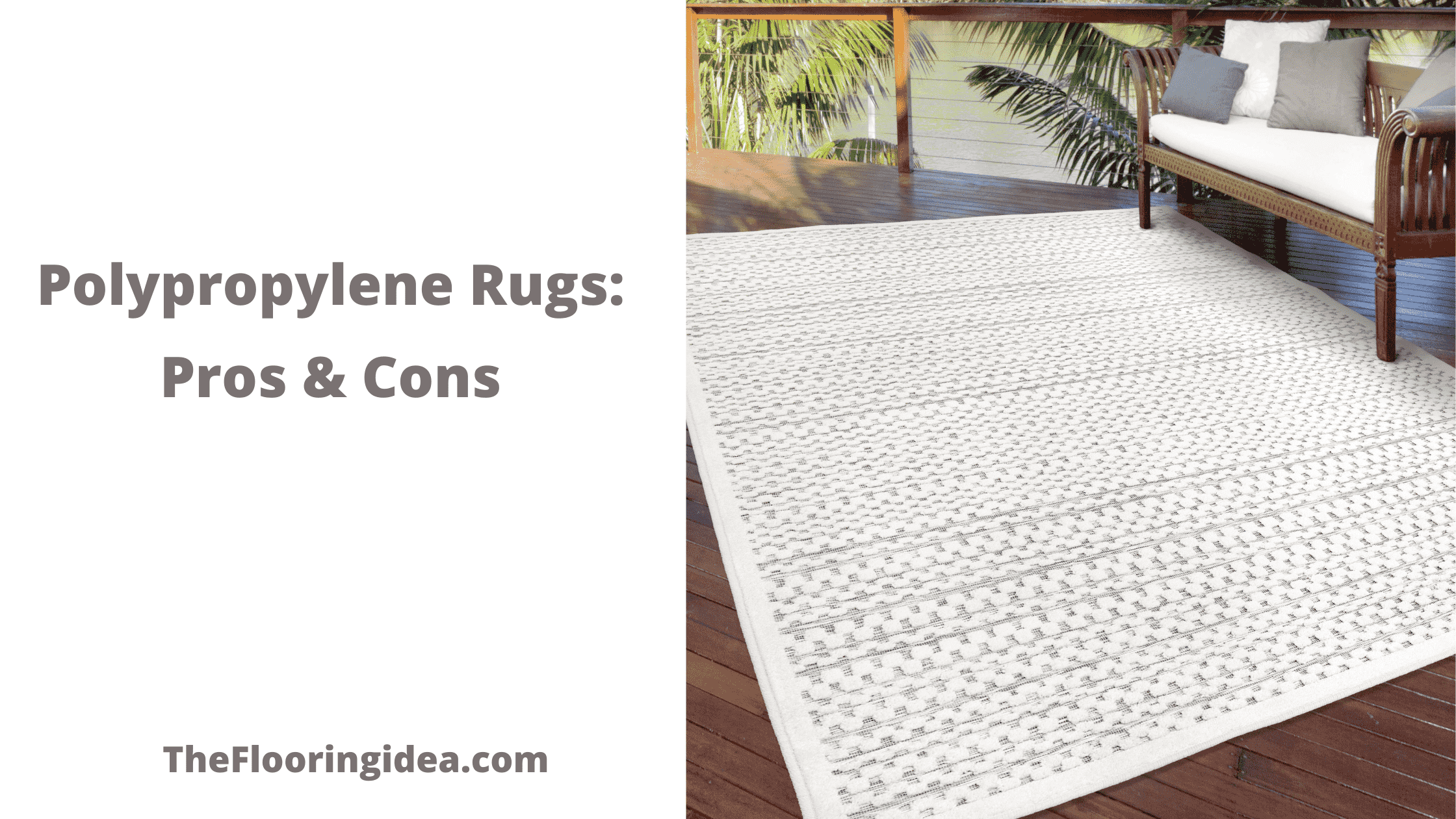
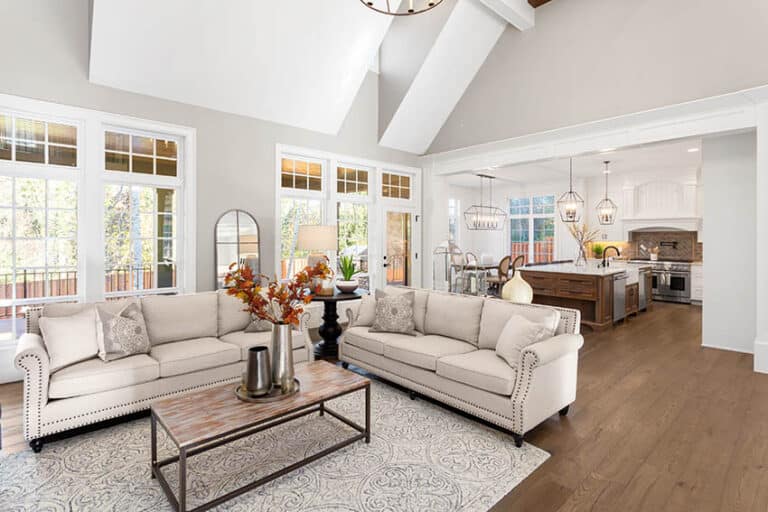


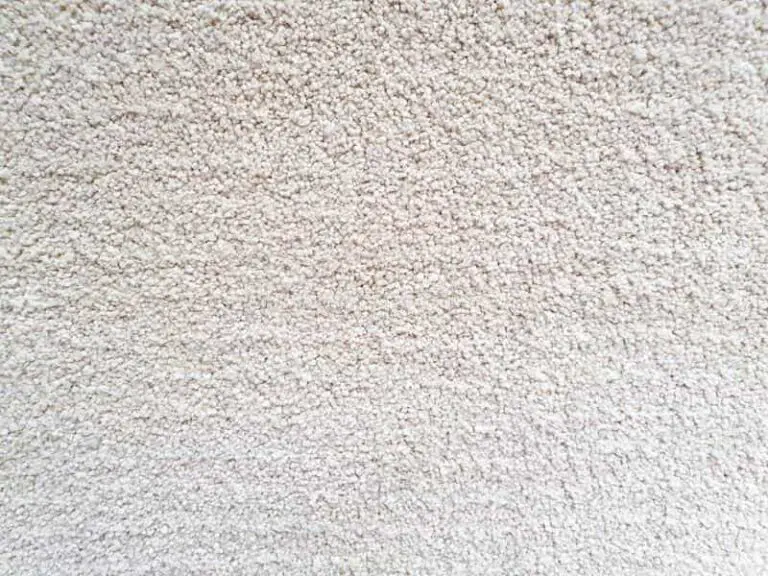

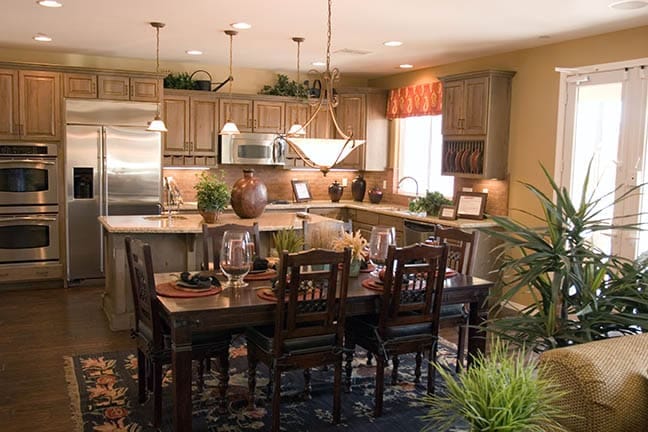






















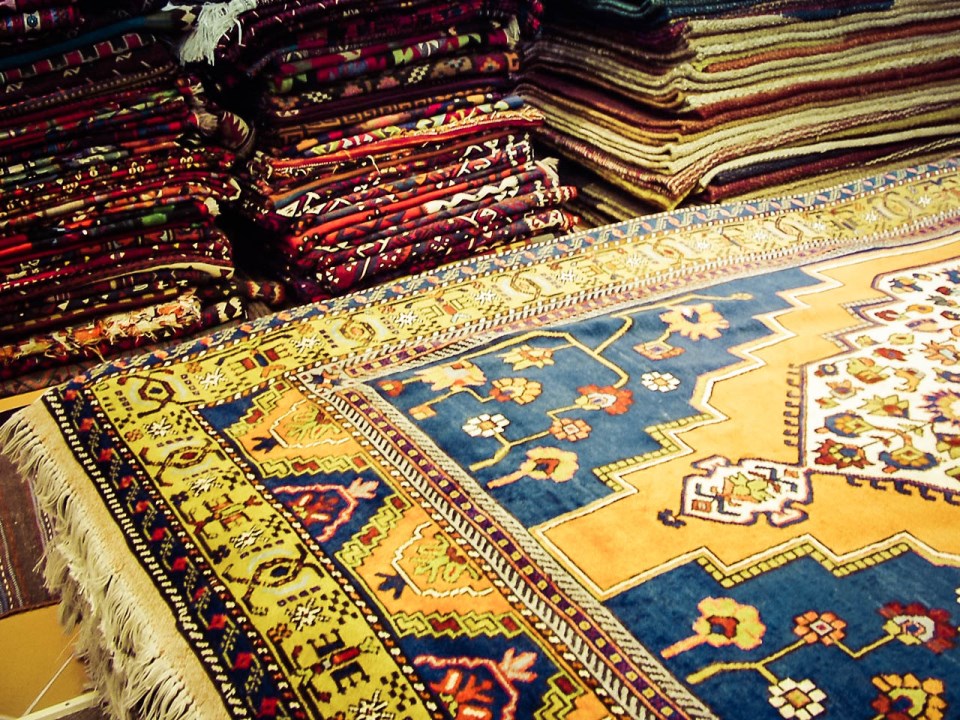






:max_bytes(150000):strip_icc()/living-room-area-rugs-1977221-e10e92b074244eb38400fecb3a77516c.png)

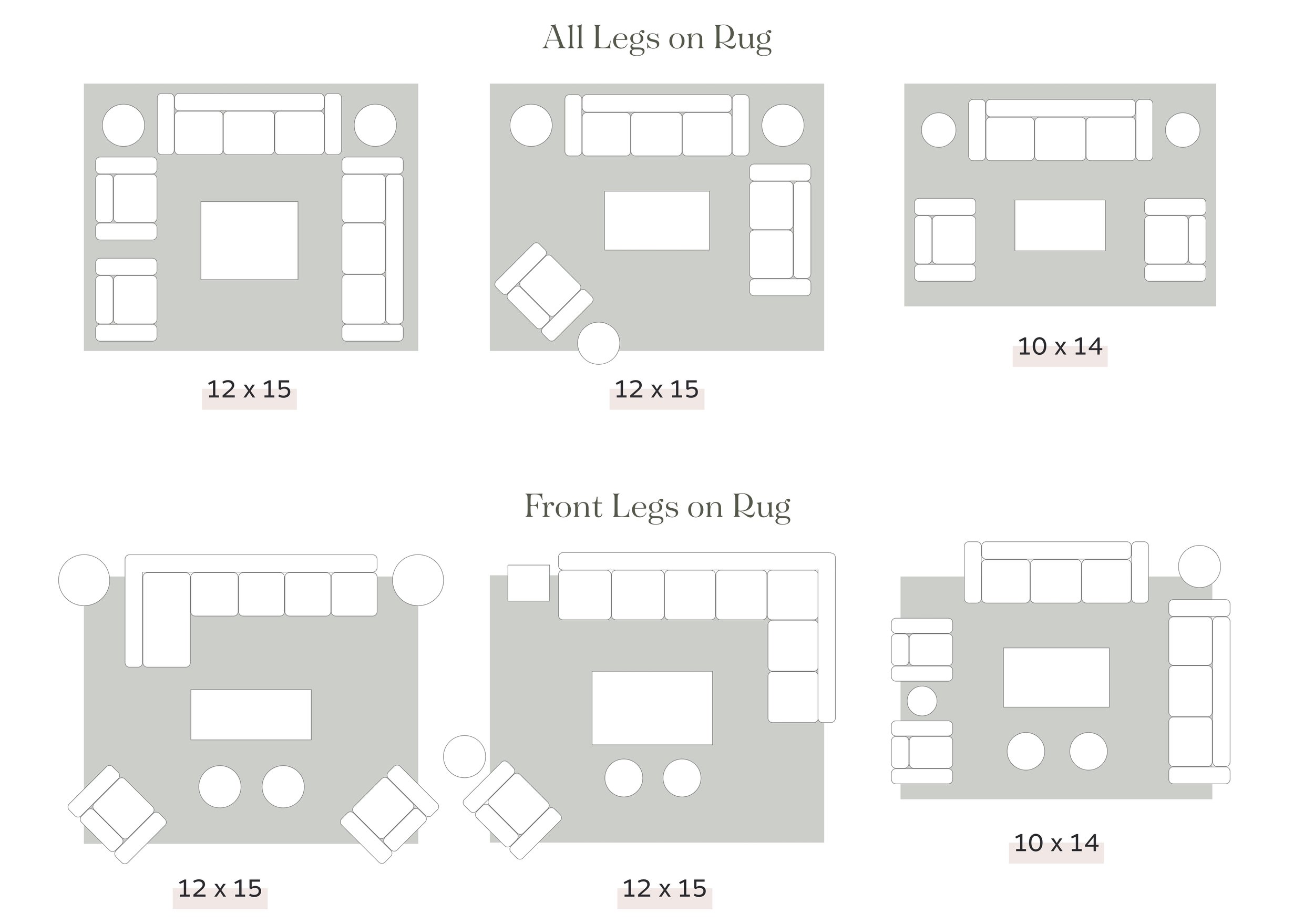

/AmyCooper-MarcellaAlanAfter1-5bef478326874b728b526bac19649802.jpg)





